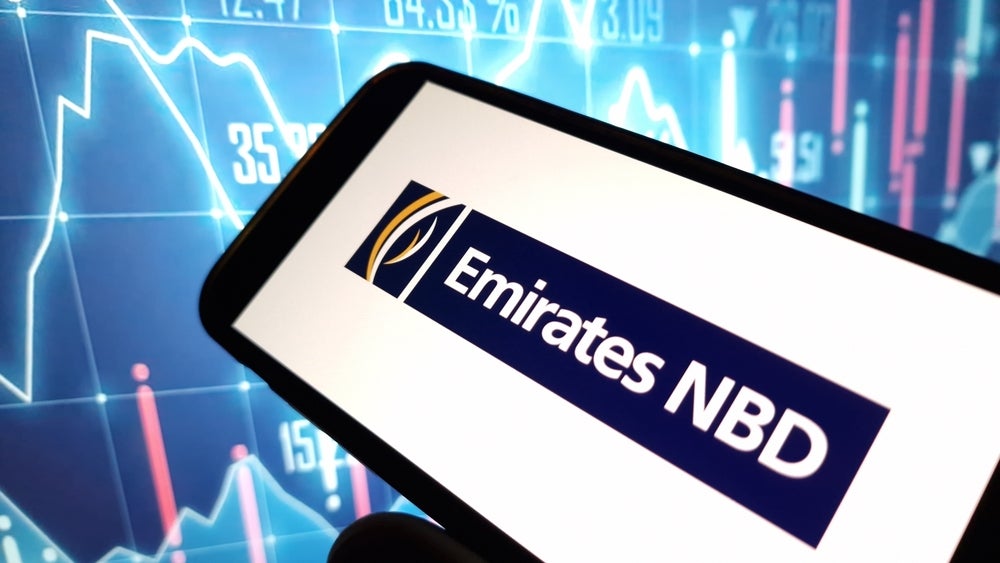PBI's Editor, Meghna Mukerjee, comments on the less than favourable status of private banks' cost income ratios
There are lots of numbers that matter in private banking – be it the assets under management (AuM) figure or the net revenue figure or net new money figure. However, perhaps the number that matters most is the cost income ratio.
Cost income ratios for private banks have skyrocketed post the financial crisis and the business of wealth management has become all together more expensive. Even though many private banks have been making profits in terms of their total assets, what is not always obvious is their rising cost income ratios. According to the findings of a latest survey by the consultancy McKinsey, the jump in earnings “masks” the inability of private banks to control costs.
Private banks have been slashing expenses across units and re-strategising to evaluate the core fundamentals of their business, optimising the entire value chain to keep costs low, but there is still a long way to go. High costs of compliance have added significant pressure on banks’ senior management and budgets, as have technology and infrastructure overhauls.
I was in Hong Kong in June this year and while speaking to some of the C-level executives at private banks there, it was obvious that a majority of the leading Asian private banks, or the Asian arms of global players, have cost-income ratios up in the 80s. This figure is particularly soaring in APAC due to high talent management costs – as a result of serious competition for advisors in the region – and expensive real estate.
Beyond APAC, McKinsey’s latest survey of the private banking industry in Europe revealed that costs had risen by a fifth since 2010. Despite earnings for private banks in Europe rising for a sixth successive year, and increasing 11% in 2015, only one in five private banks managed to actually shrink their total costs over the same period, which is worrying.
However, according to the latest Global Private banking AuM Benchmark 2016 by Scorpio Partnership, the top 25 global players experienced better efficiency ratios with a 75.1% cost- income ratio in 2015 – five points better than the industry average of 80% (pg 14). This is positive news, even though the overall AuM levels dropped slightly more than the industry at large. According to a new report by Oliver Wyman (pg 3) AuM growth across regions is expected to decline in the next five years and the wealth management industry’s earnings capacity will, reportedly, fall short of market expectations.
According to Oliver Wyman, the profitability squeeze will be different across geographies with North America and Europe experiencing the biggest fall as “heightened competition and transparency put pressure on fees”. While APAC will see less top-line pressure, costs for global players in the region are likely to increase “due to required risk and compliance upgrades and heightened cost of doing business”.
At the PBI Global Wealth Summit 2015, Bassam Salem – Chief Executive Officer – Asia-Pacific, Citi Private Bank, said that many private banks want to be thriving in the industry but they are “struggling to find what is so unique in what they do”. Indeed, it is essential in the current climate for private banks to differentiate themselves through their positioning and potential to add value to clients’ lives, but it has to be done while also keeping a singular focus on costs and balancing it with profits.
The private banking industry is still on its way to re-rebuilding itself alongside finding ways to reinvent business models. While ensuring client centricity and critical value, achieving cost efficiencies by lowering cost income ratios continues to be the all important number that private banks need to get right.






